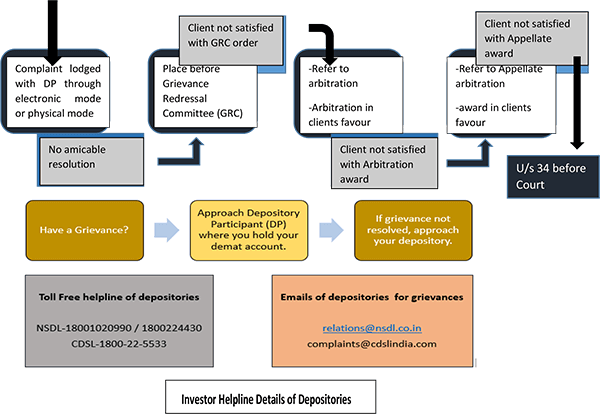Introduction
The act of investing is the distribution of resources, usually monetary, to produce profits or build wealth over time. It includes investing in assets like stocks, bonds, property, or commodities to produce income, capital gain, or both.
Through investments, people can increase their wealth over time by receiving returns on their capital. Investors can boost their net worth and accomplish financial objectives like retirement savings, education funds, or home ownership by investing in assets with the potential to grow in value or yield income.
It is similar to putting together a strong ship to sail through the turbulent waters of the financial markets to build a diverse investment portfolio. You can reduce risk and increase your chances of long-term success by distributing your assets over a range of asset classes, industries, and geographical locations.
This article aims to give you useful advice to help you achieve your financial objectives by going over the principles of building a diverse investment portfolio.
Understanding Diversification
The foundation of a strong investing strategy is diversification, which enables investors to distribute risk and lessen the effects of market volatility. Diversification is spreading your investments across several asset classes, including stocks, bonds, real estate, and commodities, as opposed to placing all of your eggs in one basket. You may perhaps increase returns while lowering the portfolio’s total risk by doing this.
Benefits of Diversification
Potential for Growth
You can take advantage of possibilities for growth while reducing risks for decline by spreading your investments across a range of assets with varying potentials for growth.
Risk Reduction
By distributing risk over several assets, diversification helps lessen the negative effects of unforeseen occurrences on the performance of your portfolio.
Income Generation
By diversifying your investments, you can access a range of revenue streams, including bond interest, stock dividends, and real estate rental income.
Enhanced Stability
During volatile market conditions, a diversified portfolio offers more stability since it is less vulnerable to large swings in any one asset class.
Strategies for Building a Diversified Portfolio
It takes careful preparation and consideration of several factors, such as risk tolerance, financial goals, and time horizon, to build a diversified investment portfolio. The following techniques will assist you in creating a strong and durable portfolio:
Asset Allocation
When it comes to asset allocation, there’s no one-size-fits-all approach. It’s essential to tailor your asset allocation strategy to your individual risk tolerance, investment goals, and time horizon.
Geographic Diversification
Invest in assets from various geographic regions to reduce risks unique to a given nation and capitalize on opportunities for global growth. Think about putting some of your wealth into foreign bonds, real estate, or equities.
Rebalancing
Rebalancing is a critical aspect of portfolio management that involves periodically reviewing and adjusting your investment holdings to maintain your desired asset allocation.
As the value of different assets in your portfolio fluctuates over time, your asset allocation may deviate from your target allocation. Rebalancing ensures that your portfolio remains aligned with your investment goals and risk tolerance.
Start by reviewing your portfolio to assess its current asset allocation and compare it to your target allocation. Identify any deviations from your target allocation and determine which assets are overweighted and underweighted relative to your desired allocation.
Sector diversification
Sector diversification is a fundamental strategy employed by investors to mitigate risk and enhance the resilience of their investment portfolios. By spreading investments across multiple economic sectors, investors can reduce the risk of concentration and minimize the impact of downturns in any single industry.
Sector diversification helps manage risk by spreading investments across different industries. Since industries can be affected by unique factors and market conditions, diversifying across sectors reduces the impact of adverse events in any single industry on your overall portfolio.
Investment Vehicles
To attain diversity, use a variety of investment vehicles, such as equities, bonds, mutual funds, exchange-traded funds (ETFs), and alternative investments. Because every asset class has different risk-return characteristics, you can customize your portfolio to meet your requirements and tastes.
Conclusion
Building a diversified investment portfolio is a journey that requires careful planning, discipline, and ongoing monitoring. By spreading your investments across a variety of asset classes, sectors, and geographic regions, you can navigate the ups and downs of the financial markets with confidence and resilience. So, chart your course, set sail for financial success, and enjoy the journey towards a brighter financial future.
Additionally, approaching Gainn Fintech can serve as a valuable compass on your investment journey. Gainn Fintech offers a plethora of resources, tools, and expert guidance to help you make informed decisions, optimize your portfolio, and navigate the complexities of the financial markets. With Gainn Fintech by your side, you can embark on your investment journey with greater clarity, confidence, and resilience, knowing that you have a trusted partner to guide you towards your financial goals.



